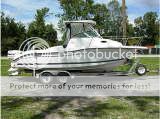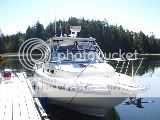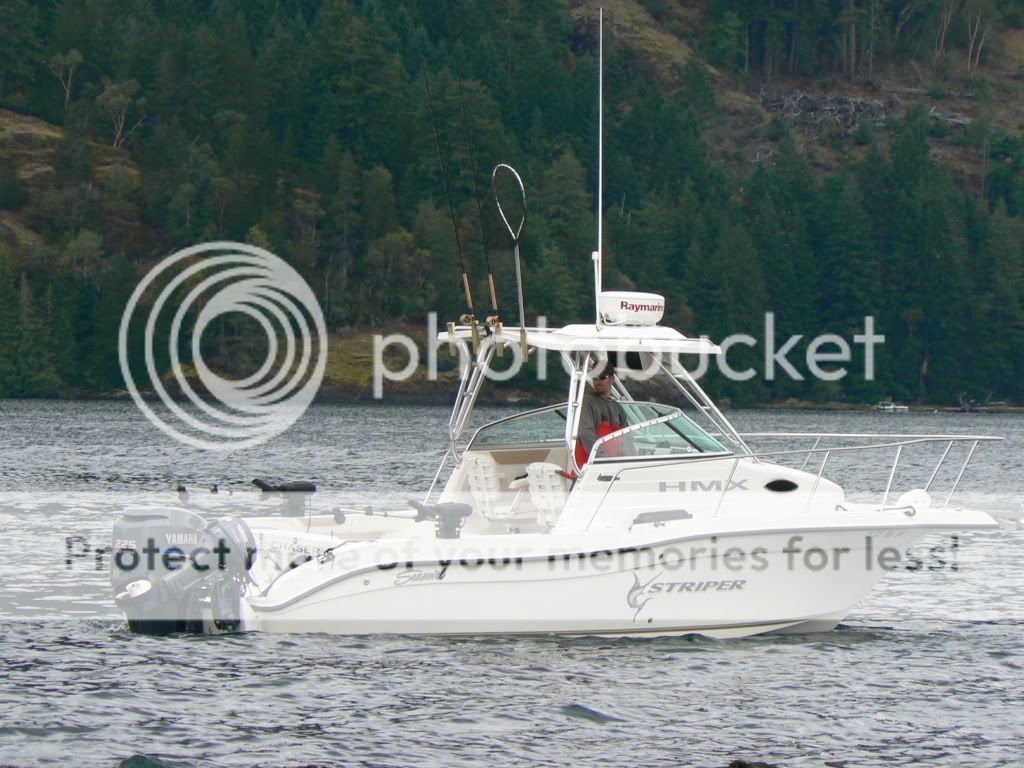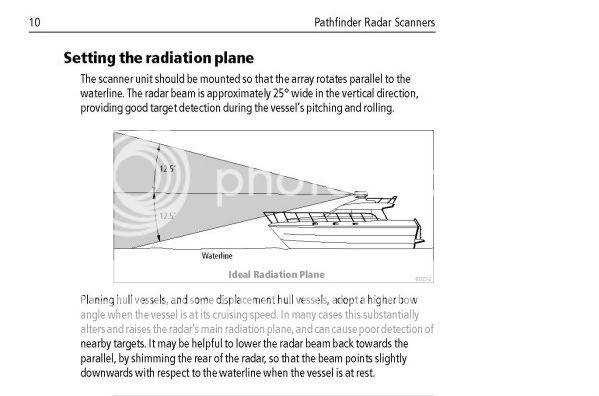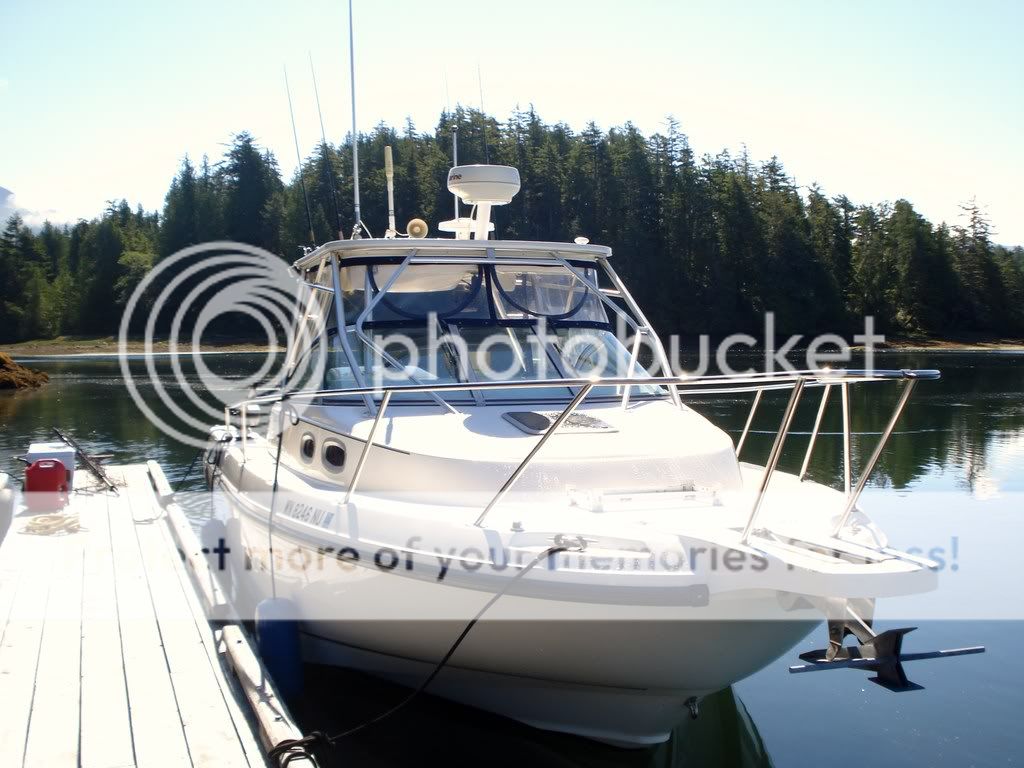quote:Originally posted by highlights
Scans right through those items. You don't have to worry about any interference.
I might have to disagree or maybe just clarify a tad bit based on the basic principles of radar? And, this is more for those that don’t understand what Radar really is and how it works, as I am quite sure 'highlights' has very little interference!

Radar is an object detection system that uses Radio waves of electromagnetic radiation with wavelengths in the electromagnetic spectrum longer than infrared light. The radar beam normally is assumed to spread 20 degrees above and below the scanning unit. The scanner should be at least three feet (or more) from magnetic compass and any other equipment transmitting radio signals, e.g. VHF radios. Any other close antennas should not be on the same plane or “inside” the radar beam. Why? It is transmitting electromagnetic wavelengths, otherwise known as “microwaves”, so can a radar signal “fry” another component? Yes, as apparently ‘highlights’ found out the hard way. However, you also need to keep in mind -
IT CAN ALSO “FRY YOU”!
The radar scanner shoots out a signal it bounces off an object and returns to the antenna. The stronger the return signal the stronger the image will show on the radar screen. Radar signals will bounce off any type of reflective metal! Wood and fiberglass both will absorb some of the signal, but both will provide a return - just weaker than steel or aluminum. How else can you pick up those logs and kayakers floating in the water?
Interference is something that interferes with these radio waves, which is anything, including ‘dohboy’ standing on the bow, with something in his pockets! Interference shows as all that little clutter (little stuff) on your screen showing around your boat, especially when zoomed all the way in. Not to be confused with “sea clutter”. I personally have never been on or seen a pleasure boat without some type of interference!
Also, when looking at your screen the interference or clutter does not move! Targets do! There are controls on radar display units (that I seldom use) labeled or called “interference”, “Noise”, “Clutter” Suppressor/Rejector etc, depending on the manufacturer. When those controls are used, you are in effect changing your screen to “hide” those interferences – not eliminating them. When that is done, you are also subject to hide anything that would otherwise normally show up as a moving target… e.g. that small log or kayaker! Your screen might look clear and pretty, free of clutter and interference - but by using those filters, what are you really doing “hiding” them to include that small “moving” target?
You need to look closely at the top of my boat! You will see I have my VHF, Sirius, GPS, and TV antennas. They are mostly within 3 feet of my radar scanner, but none are on the same plane or inside the radar beam. In addition, there is my light, external VHF speaker, and normally 3 or 4 collapsed crap pots. My radar doesn’t interfere with any of the equipment. Does the equipment interfere with the radar? I assure you – each one inside that 20 degree beam does! The only question is… how much?
I believe every installation manual you read will state something to the effect that the radar scanners should be placed where there is a good all-around view with no part of the ship’s “superstructure” or “rigging” intercepting or interfering with the scanning beam. “Any obstruction” will cause some type of shadow and blind sectors. Again, the only question is… how much?
